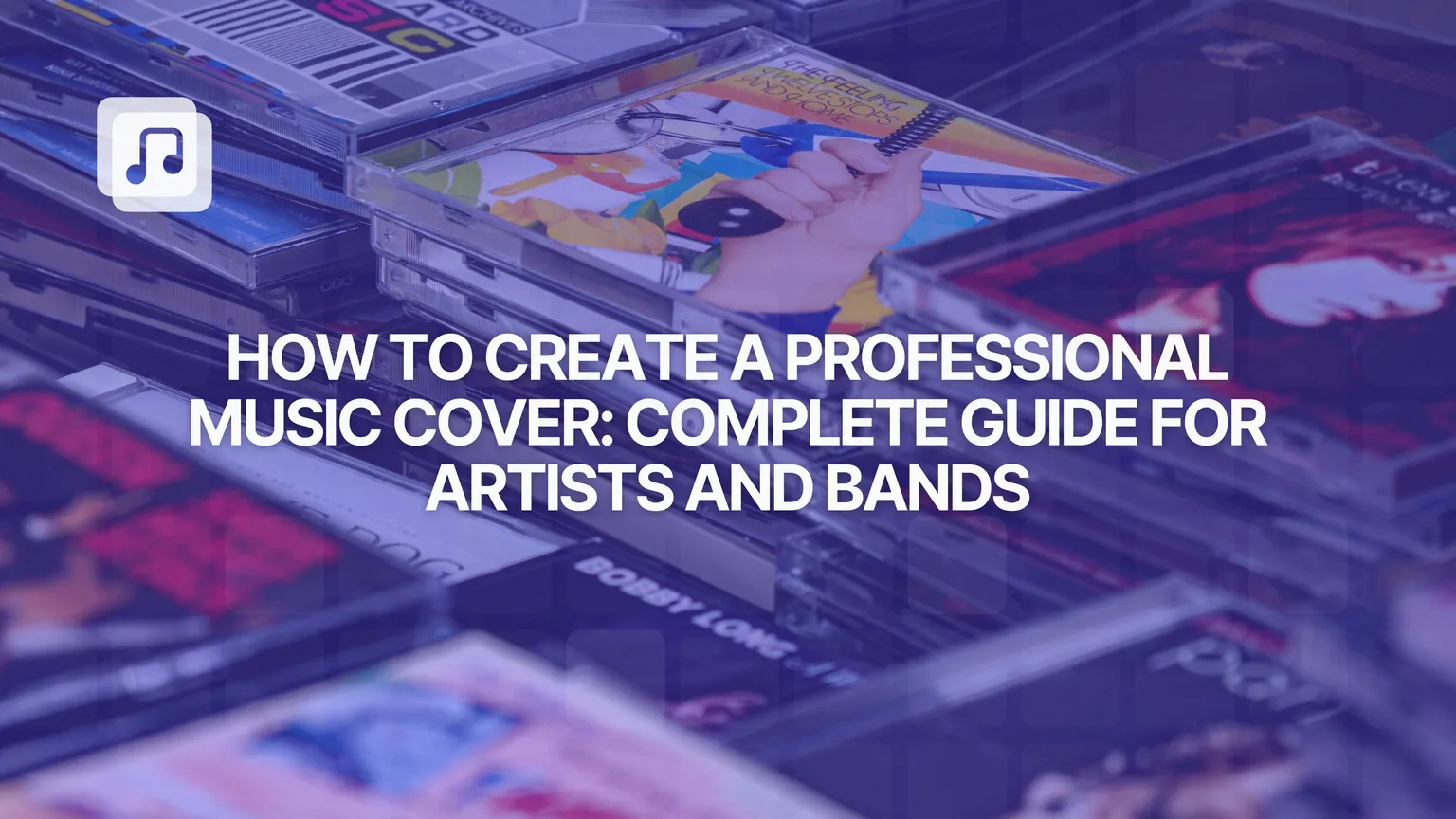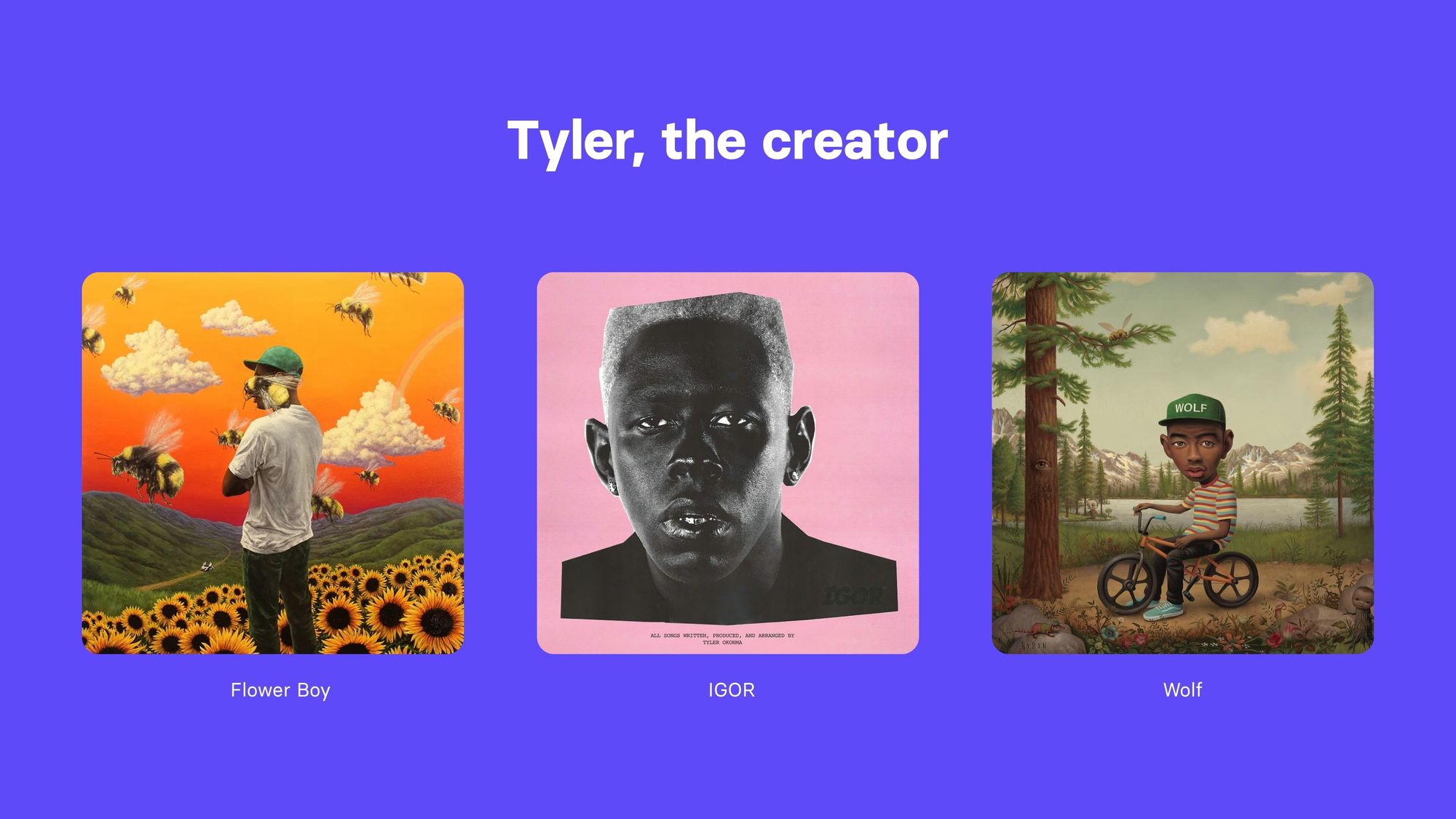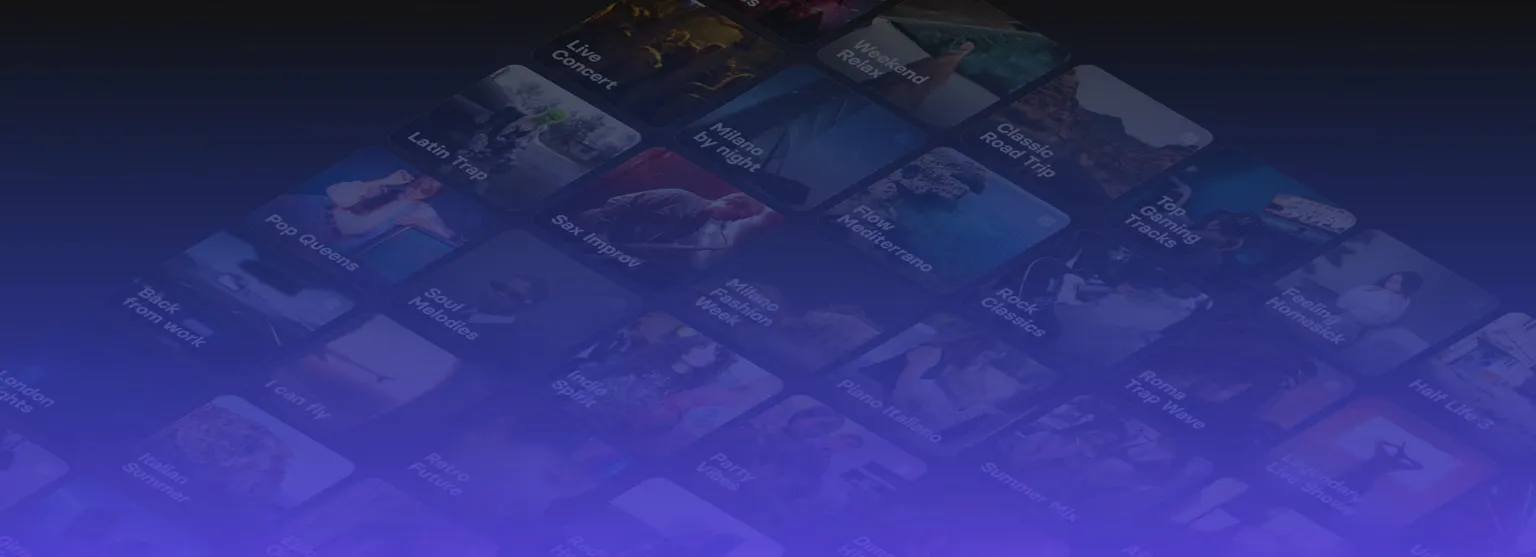
In the era of streaming and social media, an album or single cover plays a crucial role in defining an artist’s visual identity. It’s often the first thing a listener notices: before hearing a single note, they’ll see an image. In a market saturated with visual content, a polished, original, and cohesive artwork can make the difference between standing out or fading into the background.
Here's what we're going to explore:
- Why artwork still matters
- Technical requirements for platforms
- Research and find inspiration
- Communicate your sound through imagery
- Typography: less is more
- Professional designer or DIY?
- Test before publishing
Why artwork still matters
Many musicians today focus on production quality, digital promotion, and release strategies, all essential, but overlook that the cover is a key part of artistic communication. A strong artwork instantly conveys emotions, hints at the music’s genre, sparks curiosity, and boosts recognizability. Think of artists like Tyler, The Creator, whose covers have become iconic, or Billie Eilish, who has crafted a visual identity aligned with her sonic atmosphere. Even legendary bands like Pink Floyd or Radiohead have always treated visuals as integral to their artistic vision.

Technical requirements for platforms
Before starting, it’s essential to meet the format requirements of digital distributors (Spotify, Apple Music, Amazon Music, etc.). Here are the standard parameters:
- Recommended size: 3000x3000 pixels
- Resolution: 300 dpi (high quality)
- File format: JPEG or PNG
- Colors: RGB (not CMYK)
- Avoid: Promotional text, social media logos, website URLs, or phrases like “Available Now”These standards ensure the cover looks great on all devices, especially in mobile player thumbnails.
Research and find inspiration
Every music project has its own mood, aesthetic, and message. Before opening Photoshop or Canva, take time to gather visual inspiration.
- Create a moodboard: Collect images, colors, fonts, and styles that inspire you. Use platforms like Pinterest, Behance, or covers from albums you love.
- Ensure consistency with your sound: An ambient electronic track will have a different visual vibe than a reggaeton, rock, or trap single.
Practical tip: Browse artwork in your genre on Spotify, scroll through editorial playlists, and analyze what works visually.

Communicate your sound through imagery
A great cover speaks the language of your music. Colors, contrast, composition, and typography should reflect the project’s sonic atmosphere:
- Cool, gradient colors: Convey calm, introspection, or melancholy (ideal for chill, ambient, indie)
- Warm, bold colors: Communicate energy, passion, vitality (perfect for pop, rap, EDM)
- Clean, minimal fonts: Work well for electronic or lo-fi genres
- Decorative or handwritten fonts: Add a personal touch, suited for folk, alternative, or acoustic projects
Remember, the artwork must work at small sizes. On Spotify, covers often appear as tiny icons, everything needs to be legible, simple, and recognizable.
Typography: less is more
Many iconic covers are minimalist. Think of The Beatles’ The White Album or Kanye West’s Yeezus. When using text, ensure it’s:
- Readable at low resolution
- Strategically placed (preferably at the top or center)
- Consistent with the project’s toneIncluding the title or artist name isn’t always necessary, but if you do, choose a suitable, non-overly ornate, scalable font.
Want to know how to sell more music online? We wrote an entire article about it, go check it on our blog!
Professional designer or DIY?
It depends on your budget, time, and skills. If you can afford it, collaborating with a professional graphic designer ensures a polished, original, and technically flawless result. For DIY, several tools are available:
- Canva: Intuitive and free, great for beginners
- Photoshop/Illustrator: Professional but with a learning curve
- Procreate: Ideal for drawings and illustrations on iPad
- Midjourney or DALL·E: For generating artistic images via AI (use cautiously!)
Always avoid unauthorized material (free stock photos are fine, but check commercial licenses).
Visual consistency across channels
The cover is just the start. Once created, adapt it for all your assets:
- Banners for YouTube and Spotify for Artists
- Posts for Instagram and TikTok
- Covers for lyric videos or visualizers
- Graphics for merch, CDs, or vinylBuilding a cohesive visual identity helps your audience recognize and remember you. Every music project should have a distinct, recognizable graphic style.

Test before publishing
Before the official release, check how the cover looks:
- In thumbnails on Spotify and Apple Music
- In square format and on light/dark backgrounds
- On mobile and desktop
Also, verify file size, visual contrast, and ensure there are no typos or pixelated graphics.
Save the right files (and keep them editable)
Export the cover in the formats required by digital platforms (JPG/PNG in RGB, 3000x3000 px), but keep the source file (PSD, AI, or Procreate) for future edits. This is useful for reprints or remixes.
Add a personal creative touch
To stand out, experiment: try collages, illustrations, hand-drawn textures, glitch art, analog photography, Polaroid shots, or vintage overlays. Unique details make your project memorable. Collaborating with local illustrators, photographers, or visual artists can bring fresh, original covers to life. Collaborations enhance the creative process and add value to the project.
Conclusion
In the end, creating stunning cover art isn’t just about making your music look good, it’s about telling your story before a listener even hits play. Your artwork should reflect your sound, spark curiosity, and build a recognizable brand across all platforms. But even the best visuals need the right exposure to make an impact. That’s where Matchfy comes in.
By helping artists promote their releases through curated playlists and social media strategies, Matchfy ensures that your music, and its powerful visual identity, reaches the audience it truly deserves. Start growing your fanbase organically and professionally with Matchfy.

